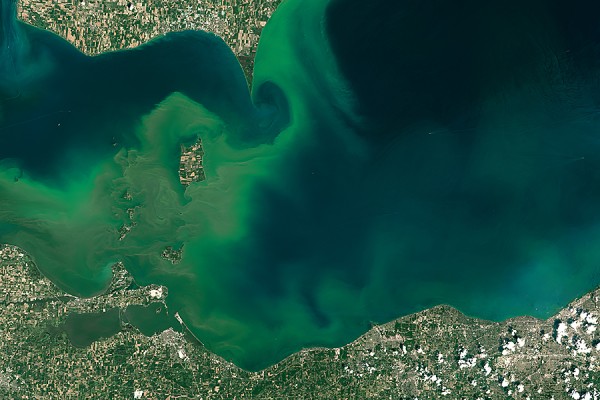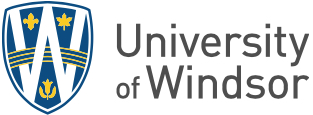
A team of University of Windsor students is proposing a more reliable and cost-effective way to monitor contamination in Lake Erie.
Comprised of engineering and law students, the group has entered its idea in Erie Hack— a competition created by the Cleveland Water Alliance and the Creativity and Innovation Team at NASA Glenn Research Center in hopes of accelerating technology solutions to the lake’s most pressing problems.
One of these problems is hazardous algal blooms primarily caused by agricultural runoff. These blooms release harmful toxins, which result in loss of plant and fish life and increase water treatment costs. Monitoring these blooms is a critical part of the mitigation process, says environmental engineering PhD student Mohammad Madani.









